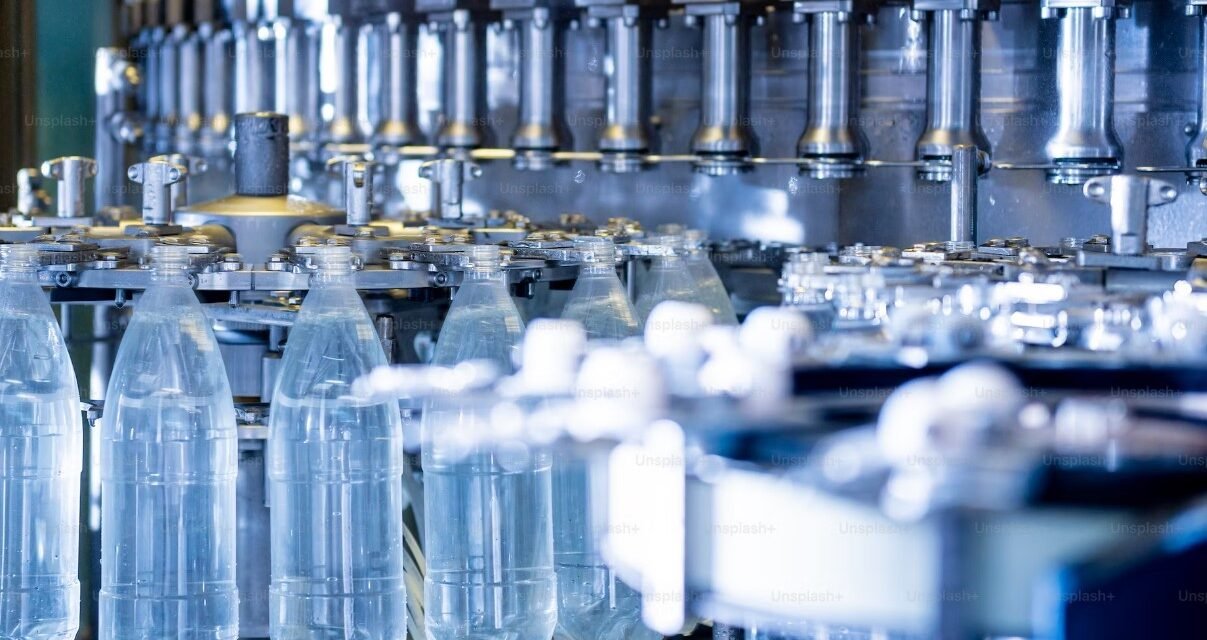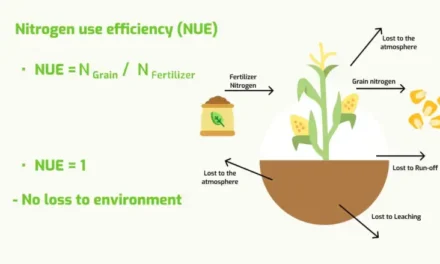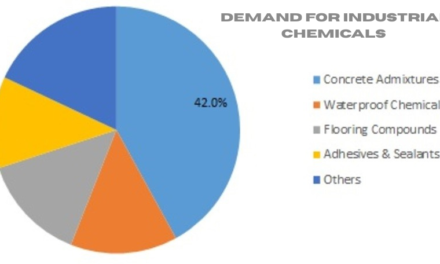1. Sustainable and Bio-Based Polymers
- Objective: Reduce dependence on fossil fuels and minimize environmental impact.
- Key Developments:
- Bio-Based Plastics:
- Derived from renewable sources like corn, sugarcane, or algae.
- Examples: Bio-PE, Bio-PET, polylactic acid (PLA), and polyhydroxyalkanoates (PHA).
- Biodegradable Plastics:
- Plastics designed to decompose under natural or industrial composting conditions.
- Examples: PLA, PHA, polybutylene adipate terephthalate (PBAT).
- CO₂-Derived Polymers:
- Using captured carbon dioxide as a feedstock for polycarbonate polyols and other polymers.
- Bio-Based Plastics:
- Impact:
- Reduces carbon footprint and reliance on non-renewable resources.
- Supports circular economy goals.
2. Advanced Recycling Technologies
- Objective: Improve the efficiency and scalability of plastic recycling to reduce waste.
- Key Innovations:
- Chemical Recycling:
- Breaking plastics down into monomers or other raw materials for reuse.
- Examples: Pyrolysis (thermal depolymerization), solvolysis, and enzymatic recycling.
- Closed-Loop Recycling:
- Designing materials that can be recycled back into the same product without degradation.
- Example: PET bottles recycled into new bottles.
- AI-Driven Sorting Systems:
- Using artificial intelligence and robotics for accurate plastic identification and sorting.
- Chemical Recycling:
- Impact:
- Enhances recycling rates and reduces plastic waste in landfills and oceans.
3. Smart Polymers
- Objective: Develop materials with dynamic and responsive properties.
- Key Innovations:
- Shape-Memory Polymers:
- Materials that return to their original shape upon exposure to heat or light.
- Applications: Medical devices, self-repairing structures.
- Self-Healing Polymers:
- Polymers that can autonomously repair cracks or damage.
- Applications: Automotive coatings, aerospace components.
- Stimuli-Responsive Polymers:
- React to external stimuli like temperature, pH, or electric fields.
- Applications: Drug delivery, sensors, soft robotics.
- Shape-Memory Polymers:
- Impact:
- Expands the functional capabilities of polymers in high-tech and biomedical applications.
4. 3D Printing and Additive Manufacturing
- Objective: Enable precision manufacturing and reduce material waste.
- Key Innovations:
- Advanced Polymer Filaments:
- High-performance materials like carbon-fiber-reinforced polymers for industrial-grade 3D printing.
- Photopolymers:
- Light-sensitive polymers for stereolithography (SLA) and digital light processing (DLP) printing.
- Recyclable 3D Printing Materials:
- Polymers designed for reuse in additive manufacturing systems.
- Advanced Polymer Filaments:
- Impact:
- Revolutionizes prototyping and manufacturing with custom, lightweight designs.
5. Lightweight and High-Strength Materials
- Objective: Develop materials with improved strength-to-weight ratios for transportation, construction, and aerospace.
- Key Innovations:
- Carbon Fiber-Reinforced Polymers (CFRPs):
- Lightweight materials with exceptional strength.
- Applications: Aircraft components, wind turbine blades, automotive parts.
- Graphene-Enhanced Polymers:
- Incorporation of graphene for enhanced conductivity and strength.
- Nanocomposites:
- Use of nanomaterials (e.g., silica, clay) to improve mechanical and thermal properties.
- Carbon Fiber-Reinforced Polymers (CFRPs):
- Impact:
- Reduces energy consumption in vehicles and enables more efficient structures.
6. Circular Economy-Driven Design
- Objective: Create materials that align with circular economy principles.
- Key Innovations:
- Reprocessable Polymers:
- Polymers that can be depolymerized and reformed without loss of quality.
- Example: Poly(diketoenamine) (PDK).
- Monomaterial Packaging:
- Designing packaging from a single polymer type to simplify recycling.
- Reprocessable Polymers:
- Impact:
- Simplifies waste management and reduces environmental impact.
7. Functional and Conductive Polymers
- Objective: Expand the use of polymers in electronics, energy, and healthcare.
- Key Innovations:
- Conductive Polymers:
- Materials like polyaniline and PEDOT:PSS for use in flexible electronics, sensors, and displays.
- Photovoltaic Polymers:
- Organic polymers for solar cells and energy harvesting.
- Antimicrobial Polymers:
- Materials with embedded antimicrobial properties for medical and packaging applications.
- Conductive Polymers:
- Impact:
- Enhances the role of polymers in advanced technologies and healthcare.
8. Polymer Blends and Alloys
- Objective: Combine properties of multiple polymers for improved performance.
- Key Innovations:
- Tailored Polymer Blends:
- Mixing polymers like PC/ABS for enhanced impact resistance and durability.
- Thermoplastic Alloys:
- Combining different thermoplastics to create specialized materials.
- Tailored Polymer Blends:
- Impact:
- Enables customization for specific industrial applications.
9. Sustainable and Green Manufacturing Processes
- Objective: Reduce energy and resource consumption in polymer production.
- Key Innovations:
- Catalytic Polymerization:
- Use of advanced catalysts for efficient polymer synthesis.
- Solvent-Free Processes:
- Reducing or eliminating solvents in polymer production.
- Energy-Efficient Recycling:
- Innovations like microwave-assisted depolymerization for faster recycling.
- Catalytic Polymerization:
- Impact:
- Minimizes environmental footprint and enhances sustainability.
10. Advanced Coatings and Adhesives
- Objective: Develop specialized polymers for surface protection and bonding.
- Key Innovations:
- Superhydrophobic Coatings:
- Water-repellent surfaces for self-cleaning and anti-corrosion applications.
- UV-Curable Adhesives:
- Fast-setting adhesives activated by ultraviolet light.
- Eco-Friendly Adhesives:
- Solvent-free, bio-based formulations.
- Superhydrophobic Coatings:
- Impact:
- Expands applications in electronics, automotive, and consumer goods.
11. Microplastics Reduction Technologies
- Objective: Address environmental concerns about microplastic pollution.
- Key Innovations:
- Biodegradable Microbeads:
- Replacing microplastics in cosmetics with biodegradable alternatives.
- Filters and Capture Systems:
- Technologies to prevent microplastics from entering water systems.
- Biodegradable Microbeads:
- Impact:
- Mitigates the long-term ecological effects of microplastic pollution.
12. Enzyme-Assisted Recycling
- Objective: Break down plastics efficiently using enzymes.
- Key Innovations:
- PETase and MHETase:
- Enzymes capable of breaking down PET plastics into reusable monomers.
- Enzyme Engineering:
- Tailoring enzymes to work on a broader range of polymers.
- PETase and MHETase:
- Impact:
- Revolutionizes recycling, making it faster and more cost-effective.
Conclusion
Innovations in the polymer and plastics industry are driving a shift toward sustainability, advanced functionality, and efficient recycling. Developments in bio-based materials, smart polymers, and advanced recycling technologies are addressing global challenges, including environmental impact and resource efficiency. As these innovations mature, they are poised to transform industries such as packaging, construction, automotive, and electronics, aligning with the goals of a circular and sustainable economy.
Hashtags
#PolymerInnovation #PlasticsInnovation #FutureOfPlastics #NextGenPolymers #PolymerTechnology #SustainablePlastics #GreenPolymerSolutions #EcoFriendlyPolymers #BiodegradablePlastics #RecycledPlasticsInnovation #AdvancedPolymerMaterials #SmartPlastics #HighPerformancePolymers #NanoPolymers #PolymerNanotechnology #CircularPlastics #PlasticRecyclingInnovation #RecyclingTechInPlastics #ZeroWastePlastics #SustainablePlasticSolutions

















